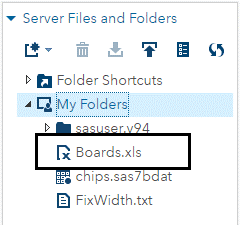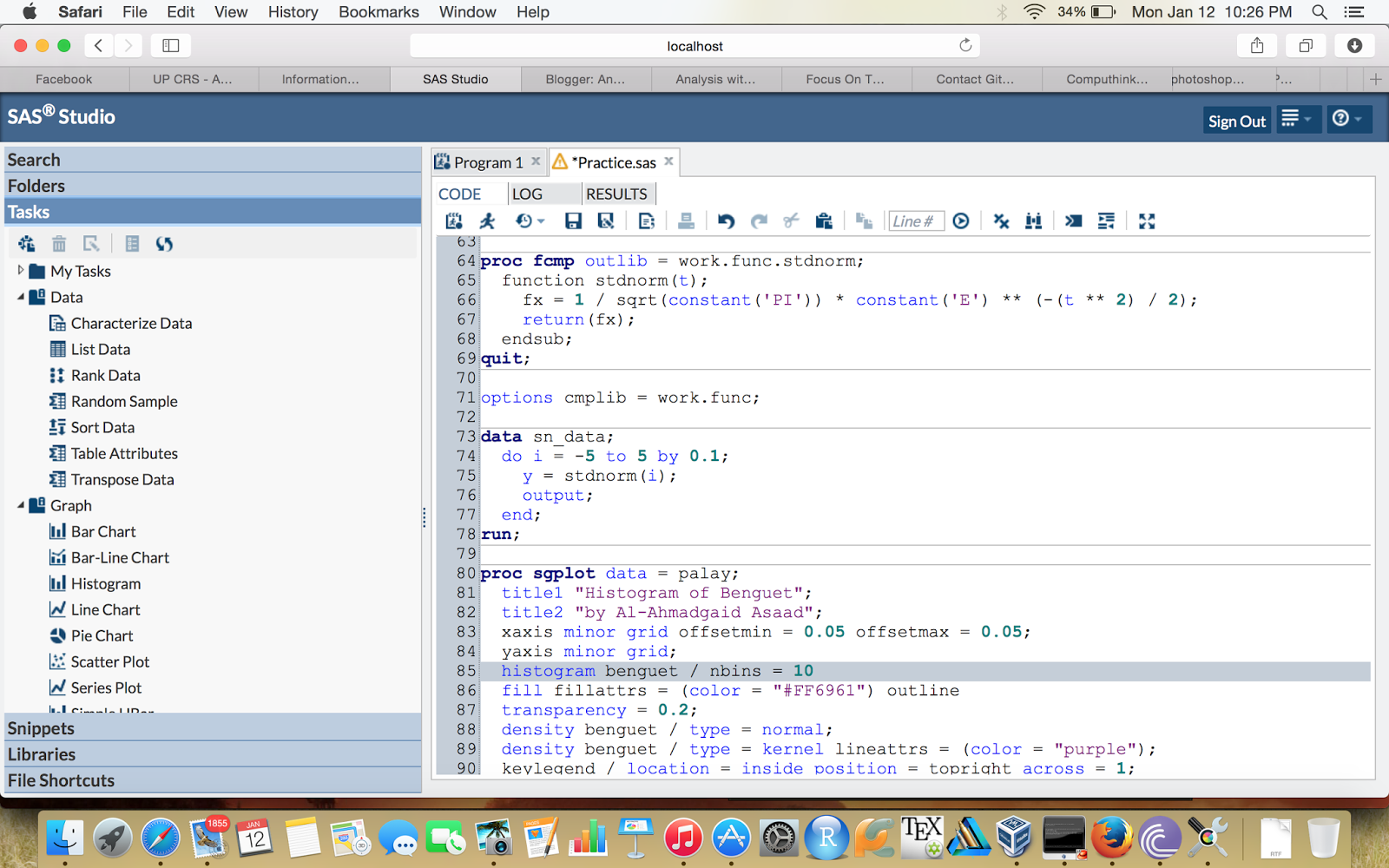
Hence, while the structured clinical interview remains the gold standard for diagnosis, it is argued that the PHQ is a suitable benchmark against which to compare these norm-referenced scales. The PHQ is commonly employed in both clinical practice and research, and has been found to be a reliable and valid diagnostic tool. The PHQ was developed from the Primary Care Evaluation of Mental Disorders (PRIME-MD) interview, which was the first instrument designed for use in primary care to diagnose disorders based on DSM criteria. The current study examines the ability of the Zung and DASS scales to predict clinical diagnoses made using the Patient Health Questionnaire (PHQ ). It is also reported to be an improvement on the older measures of anxiety and depression, for example, showing greater separation in factor loading than the Beck Depression and Anxiety Inventories. The scale’s three-factor solution has been replicated and the scale has been reported to reliably distinguish samples of patients with anxiety or depression from non-clinical participants. In developing the scale, the authors, Lovibond and Lovibond, focused on including only aspects unique to each disorder, which led to the omission of somatic items (e.g., sleep disturbance, loss of libido, fatigue, appetite change) as well as items related to suicidal ideation, which failed to correlate with the depression subscale. The DASS has sub-scales that differentiate anxiety, depression, and a third factor, labelled stress. It does so by comparing these scales with one of the most prominent and respected norm-referenced scales of this kind: the Depression Anxiety Stress Scale. In the light of this research, and the ongoing substantial usage of both the Zung scales, this study seeks to re-examine these scales’ credentials as screeners for depression and anxiety. Problems also exist with the application of severity ranges. However, these cut-offs have frequently been applied to raw scores, producing a substantial elevation in the degree of symptom severity required to meet clinical significance. This confusion stems from the fact that Zung chose to convert raw scores (range 20–80) into index scores (range 25–100) with clinical cut-offs being given in terms of the latter.

These scales continue to be widely utilised but a recent review of the literature revealed that considerable confusion exists in their application, with clinical cut-offs frequently being incorrectly applied. The choice of SDS items was based on factor analytic studies of depression symptoms, whereas the SAS taps affective symptoms based on diagnostic criteria listed in the major American psychiatry literature. Both are 20 item Likert scales, in which items tap psychological and physiological symptoms and are rated by respondents according to how each applied to them within the past week, using a 4-point scale ranging from 1 ( none, or a little of the time) to 4 ( most, or all of the time). The Self Rating Depression Scale and the Self-Rating Anxiety Scale are two such norm-referenced scales. Research has shown, however, that many of these measures have poor discriminative ability and, rather than being specific to anxiety or depression, tap only a general ‘emotionality’. Numerous norm-referenced scales have been created for the measurement of anxiety and depression. Moreover these measures are often used to measure therapeutic progress/outcomes as well as being frequently employed in research studies.Īnxiety and depression are the most prevalent of mental illnesses contributing to the global disability burden. These scales typically suggest score ranges linked to symptom severity descriptors, and have a “clinically significant” total scale score cut-off point beyond which scores are considered indicative of the presence of a disorder. In contrast to criterion-referenced measures, norm-referenced measures compare individuals’ test results to those of an appropriate peer or normative group. Individuals are diagnosed with or without a disorder based upon the presence or absence of these criteria.


Criterion-referenced measures provide a provisional diagnosis based on the endorsement of criteria listed in published diagnostic classification systems. Self-report measures of mental disorders may be criterion-referenced or norm-referenced.

However, this is a lengthy instrument to administer and hence researchers and clinicians often screen for the presence and severity of both disorders using self-report psychometric tools developed for this purpose.
#Sas university edition only have 32 manual
The gold standard for making diagnoses based on the Diagnostic and Statistical Manual of Mental Disorders (DSM ) is the copyrighted Structured Clinical Interview for DSM Disorders (SCID ).


 0 kommentar(er)
0 kommentar(er)
